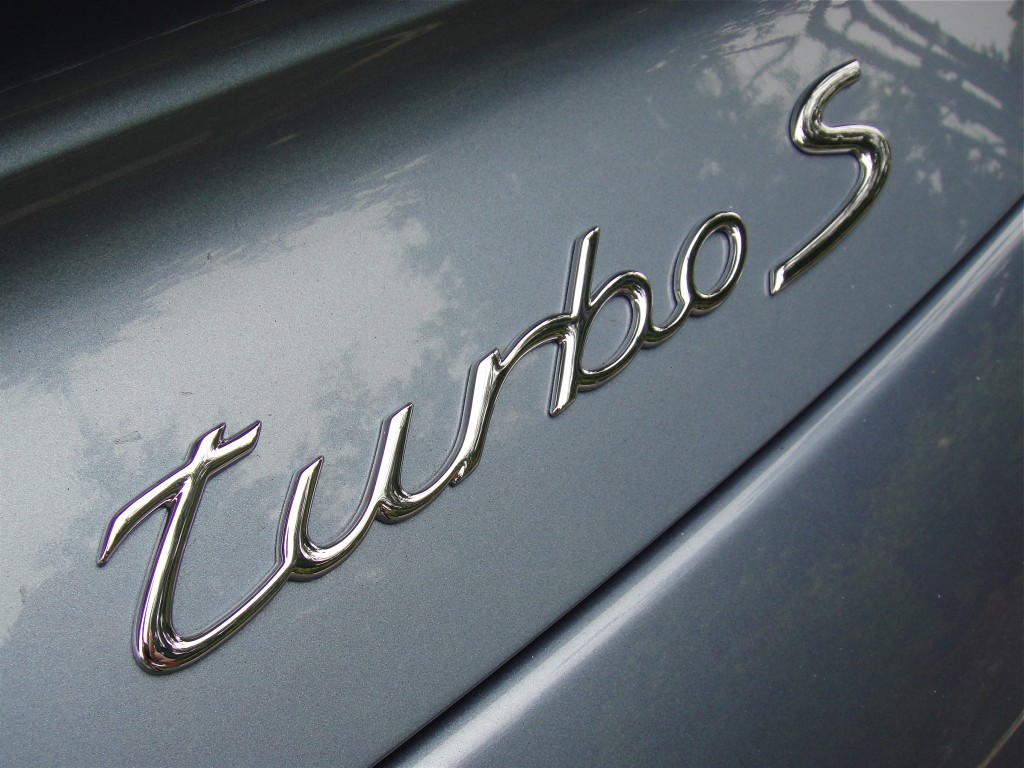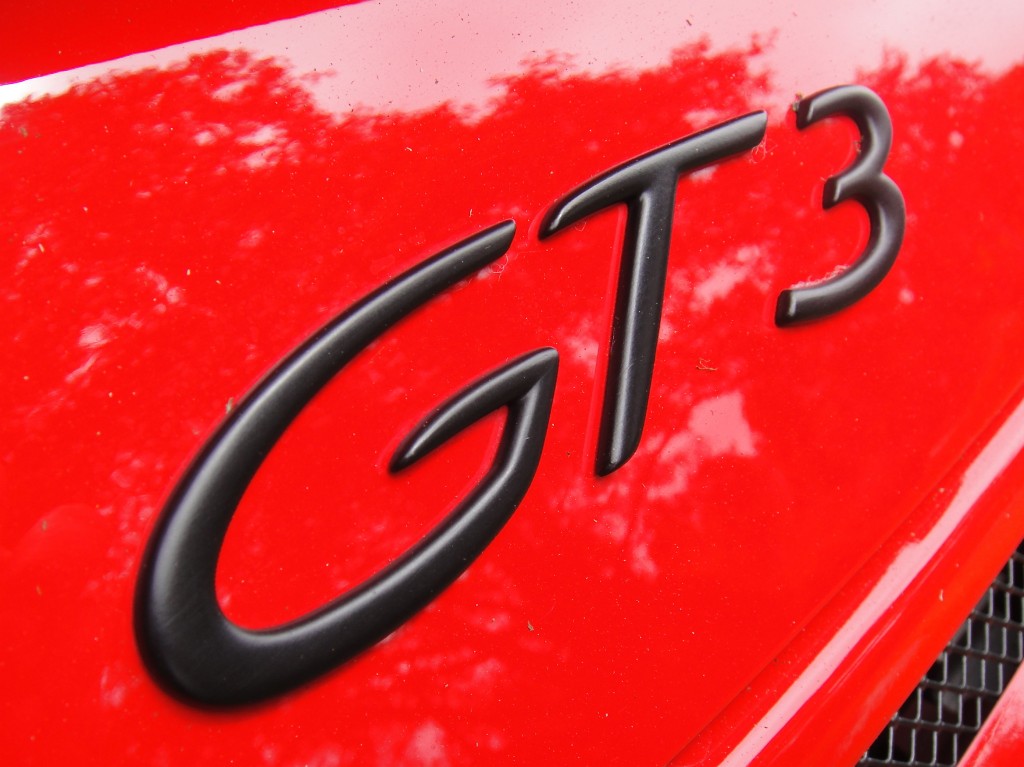Comparo: 2011 Porsche 911 GT3 vs. Turbo S
[svgallery name="2011_Porsche_911_GT3_vs_TurboS"]Road versus track
Which iconic 911 is the better driver's car?
By John LeBlanc CARMEL VALLEY, Calif. - At the dawn of automotive history, the definition of a sports car was pretty cut-and-dry. If it had two doors, a convertible top, and could be driven to the local track for the occasional race on Sunday, you could call your set of wheels a “sports car.” Anything with less than those qualifications was simply just a “sporty car.” Of course, modern automotive technologies—especially in the advancements of electronic stability and traction controls, tires, and suspensions—now means almost any car can be driven to a track and able to handle a few laps without falling to bits. And some brands, like Porsche, pride themselves that any of their models are true, track-ready sports cars. Porsche gave me the rare opportunity to take two of its most powerful cars, the new-for-2011 all-wheel-drive 911 Turbo S and rear-wheel-drive GT3 not on a track, but on some roads. And while both straddle the fence when it comes to their road-versus-track qualities, we asked the question, Which is the “sports car?”
SECOND PLACE: 2011 Porsche 911 Turbo S
You’d be forgiven if you thought the regular 911 Turbo, with a healthy 500 hp, already had enough get-up-and-go. But Porsche realized a long time ago that customers will pay more if you simply gave them more. And the first new 911 Turbo S model in five years certainly delivers more for the extra $32,100 Porsche asks over a cooking $167,900 Turbo (a Turbo S cabriolet is $213,200.) Except for the Porsche Club Racing-ready $297,000 GT2 RS and its 620 hp, the Turbo S is the most-powerful 911 you can buy. Thanks to its twin turbochargers with variable turbine geometry, the über-Turbo’s 3.8-litre flat-six makes 530 hp—30 more than a regular Turbo, and 95 more than the GT3. The Turbo S’s 516 lb-ft of torque figure can be matched by the regular Turbo, but only when that car is equipped with the optional Sport Chrono package. That second-place ranking in the Porsche Horsepower Department doesn’t deter the Turbo S from taking top spot in the automaker’s Zero to 100 km/h Department. With enough electrics to embarrass NASA (seven-speed double-clutch gearbox, directing power to an all-wheel-drive system; brake-based torque-vectoring system; standard mechanical differential lock on the rear axle; and launch control, part of the standard Sport Chrono Package) the Turbo S goes from zero to 100 km/h in only 3.1 seconds. And the return trip is just as timely; the Turbo S’s fade resistant ceramic brakes are like dropping boat anchors. Compared to the more driver-focused GT3, the Turbo S is more of a Grand Touring car. It comes with special two-tone leather on all four seats. And the combination of AWD and the phalanx of e-nannies means this is one Porsche you could really drive during a Canadian winter (with the appropriate set of winter tires, of course.) My route in these two Porsches was limited to some central Californian public two-lane roads. So I wasn’t able to use the Turbo S as it was meant to: on a unrestricted German autobahn. But I can tell you that it’s almost unflappable in a corner. The new model’s Porsche Torque Vectoring system (it applies the brakes on the inside rear wheel) almost eliminates the last Turbo S’s inherent understeer. A retuned front-suspension geometry delivers more steering feel. But compared to the more organic and tactile GT3, the Turbo S feels distant. It goes around corners quicker than you can believe, but knowing most of the credit should go to the car’s electronics, the whole experience feels like a video game. As a highway muncher, and a straight-line land missile, the Turbo S is near the top of a list that includes the $173,000 Audi R8 5.2, $250,00-plus Lamborghini Gallardo LP 560-4, or $99,500 Nissan GT-R. But compared to the GT3, and taking into account the $58,000 price differential, I know which super-911 I’d have parked in our garage… Buy this car if ... you need to get to 100 km/h faster than pretty much anything else on the road; you have to have four seats in your super-911; if all-wheel-drive is a must. Don't buy this car if ... you want to own the driving process; you like oversteer; you want to take your super-911 to the track; you don’t have $200,000 to spend on a 911.
FIRST PLACE: 2011 Porsche 911 GT3
In the Porsche 911 lineup, the GT3 is the bridge between the more road-biased Turbo S and the race-ready $166,300 GT3 RS and the GT2 RS models (RennSport is German for "racing sport"). And at $142,000, it’s a relative bargain. Unlike the reasonably understated exterior of the Turbo S, the GT3, with its aggressive cooling ducts and functional aero add-ons, looks like its just waiting for its racing sponsor decals to be applied. On the inside the GT3 is equally driver focused. Instead of the Turbo S’s flashy leather accoutrements, the GT3 gets grippy Alcantara coverings on its steering wheel, shifter, and other interior bits. And forget about taking your friends out for dinner; the +2 rear seats found in the Turbo S have been ditched. Unlike the forced-air Turbo S, the GT3’s naturally aspirated flat six relies solely on revs to make its power. And the resulting, unmuffled, high-pitched wail will make any driving enthusiast smile. There’s also no autobox available in the GT3. Just you, God, and your ability to work three pedals. And where the AWD Turbo S can make up for the occasional driver’s hamfistedness, the rear-drive GT3 needs your unfettered attention. It’s not quite the handful the older GT3’s were. The new GT3 is more compliant, less susceptible to skittering through corners on its buttoned-down suspension. In this case, we have to thank Porsche’s electric wizards (again.) New dynamic engine mounts get stiffer at speed to reign in the rear-mounted engine’s desire to sway back and forth in hard cornering. On the narrow, twisty, sometimes-one-lane roads I traversed on my California mountain route, the GT3 felt resolutely settled. But that didn’t mean its steering wasn’t super alert, communicative and accurate. Compared to the Turbo S, you can really feel what’s going on at the front end of the GT3, and with the power only being transmitted to the rear wheels, the ability to play with the car ‘s balance is left in the hands of the driver. If the roads between Point A and Point B are lined with sharp curves, we’ll give the edge to the GT3 over the Turbo S. It’s more engaging, thus, instilling the driver with more confidence. However, in a straight-line, the Turbo S wins. Using an older version of Porsche’s 3.8-litre flat six, the GT3 is down 95 hp and almost 200 lb-ft of torque on the Turbo S. Plus it only has its rear wheels for traction. But it’s lighter. So zero to 100 km/h is still a respectable 3.8 seconds. While both of the RS 911s are club-racing specials, the GT3 is the sports car that really could be used as a daily runner, albeit one that could also stand some abuse on a racetrack. When not lapping said favourite track, the two-position shocks are best left on “normal” and the ride is reasonable. And if the thought of running a GT3 in a Canadian winter seems sacrilegious, it would still be our choice over the Turbo S. Even if we could only drive it in the spring, summer and fall. Buy this car if ... you want the best-driving-for-your-buck-911; you enjoy the challenge of driving a high-powered car; you don’t mind the occasional track day. Don't buy this car if ... you need four seats or can’t work a clutch; want to drive your super-911 all-year round; need to get to 100 km/h first.Comments
One Response to “Comparo: 2011 Porsche 911 GT3 vs. Turbo S”





December 12th, 2010 @ 10:40 am
[…] […]